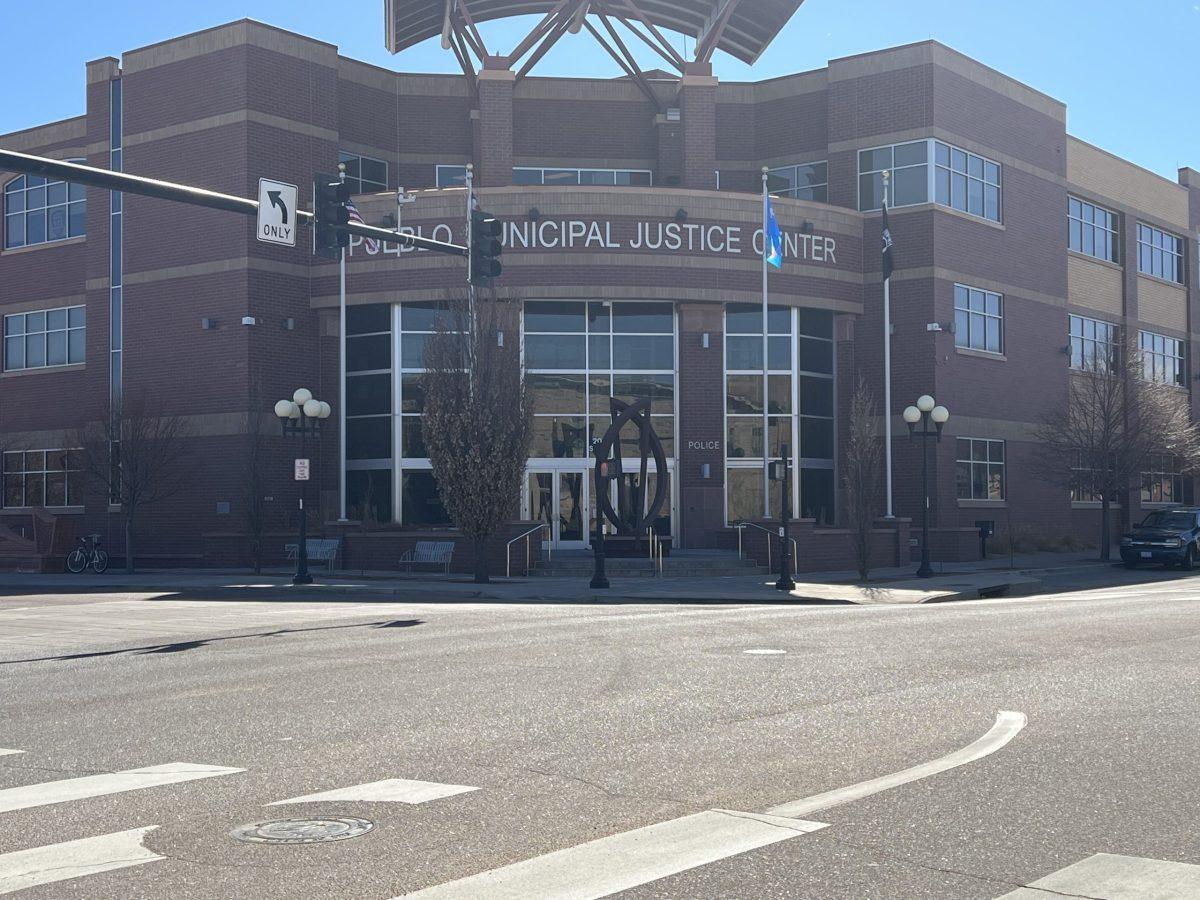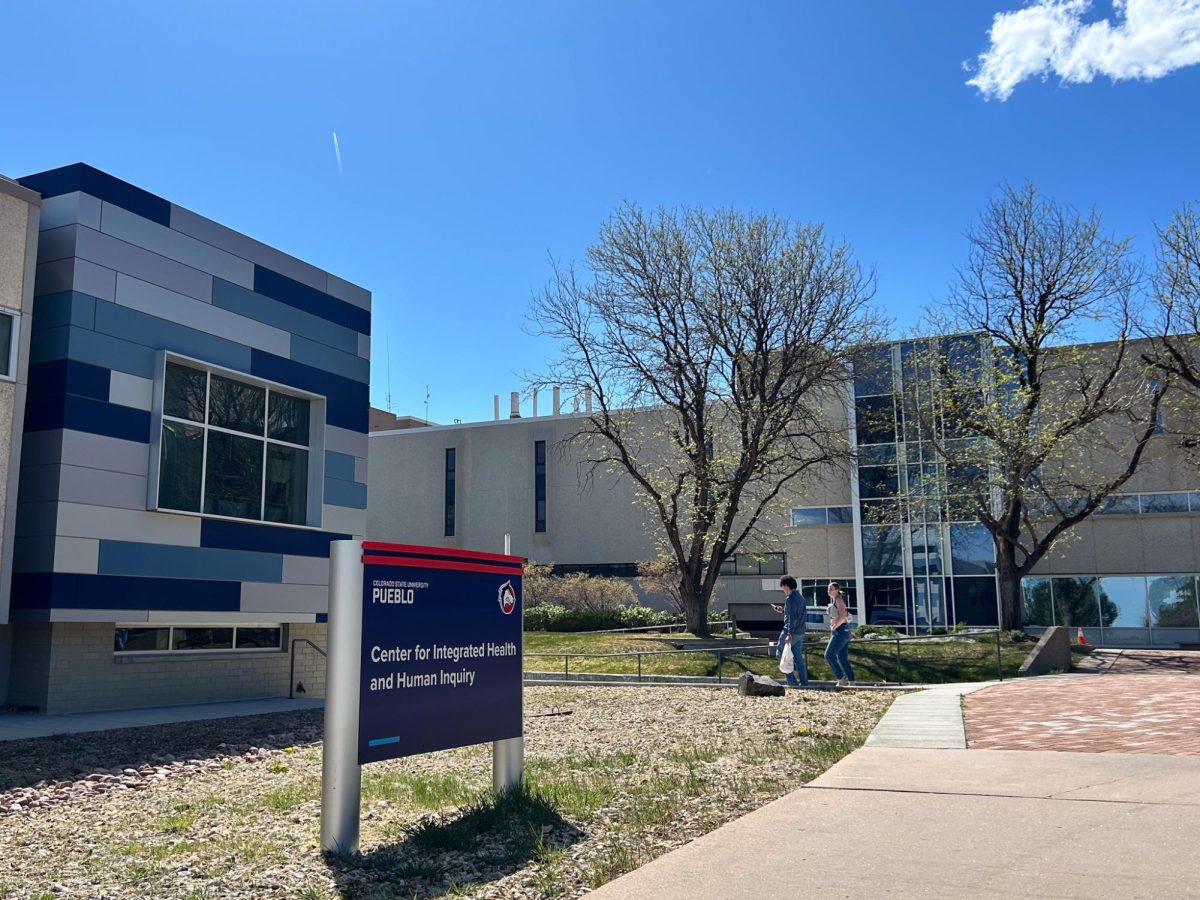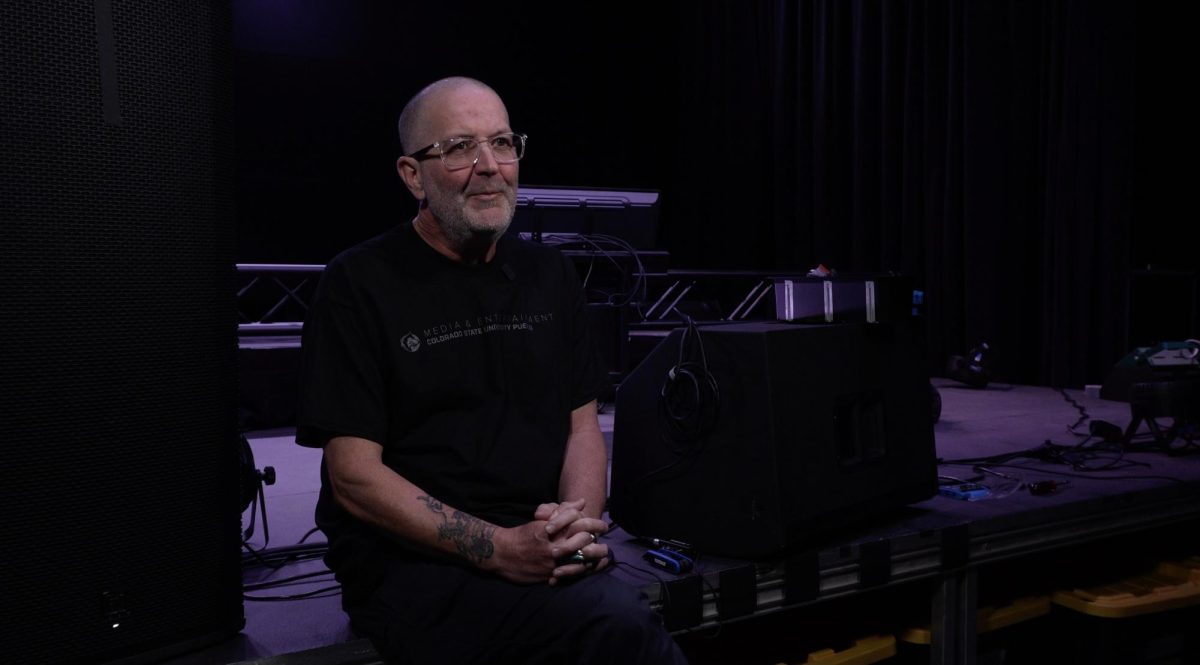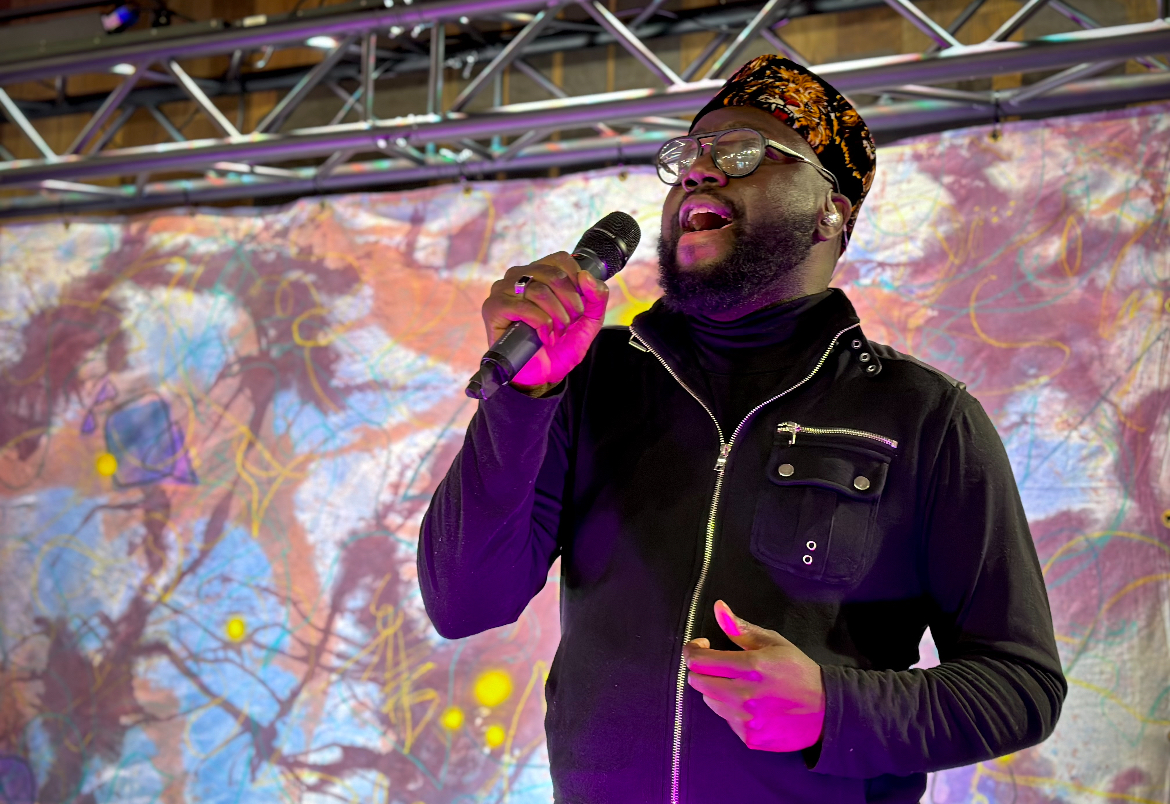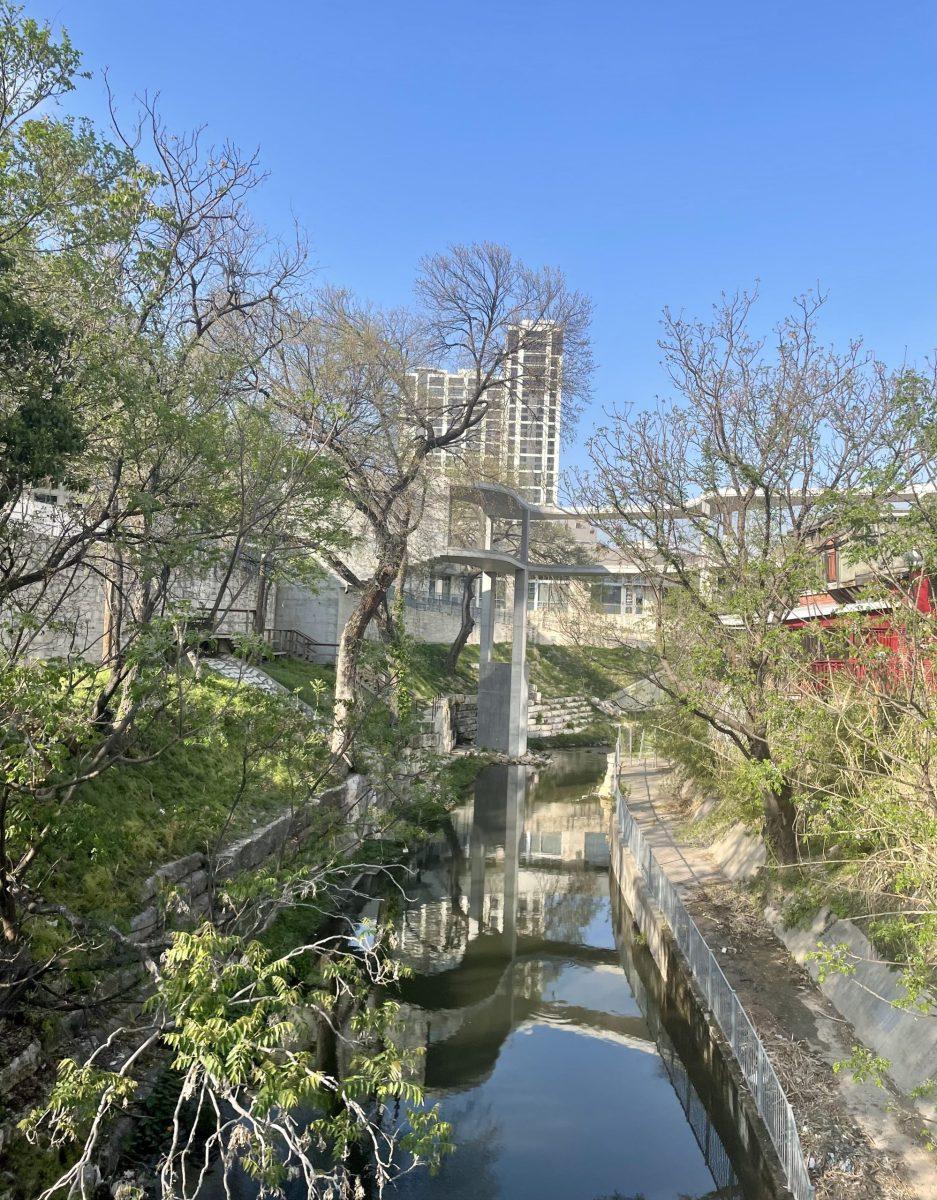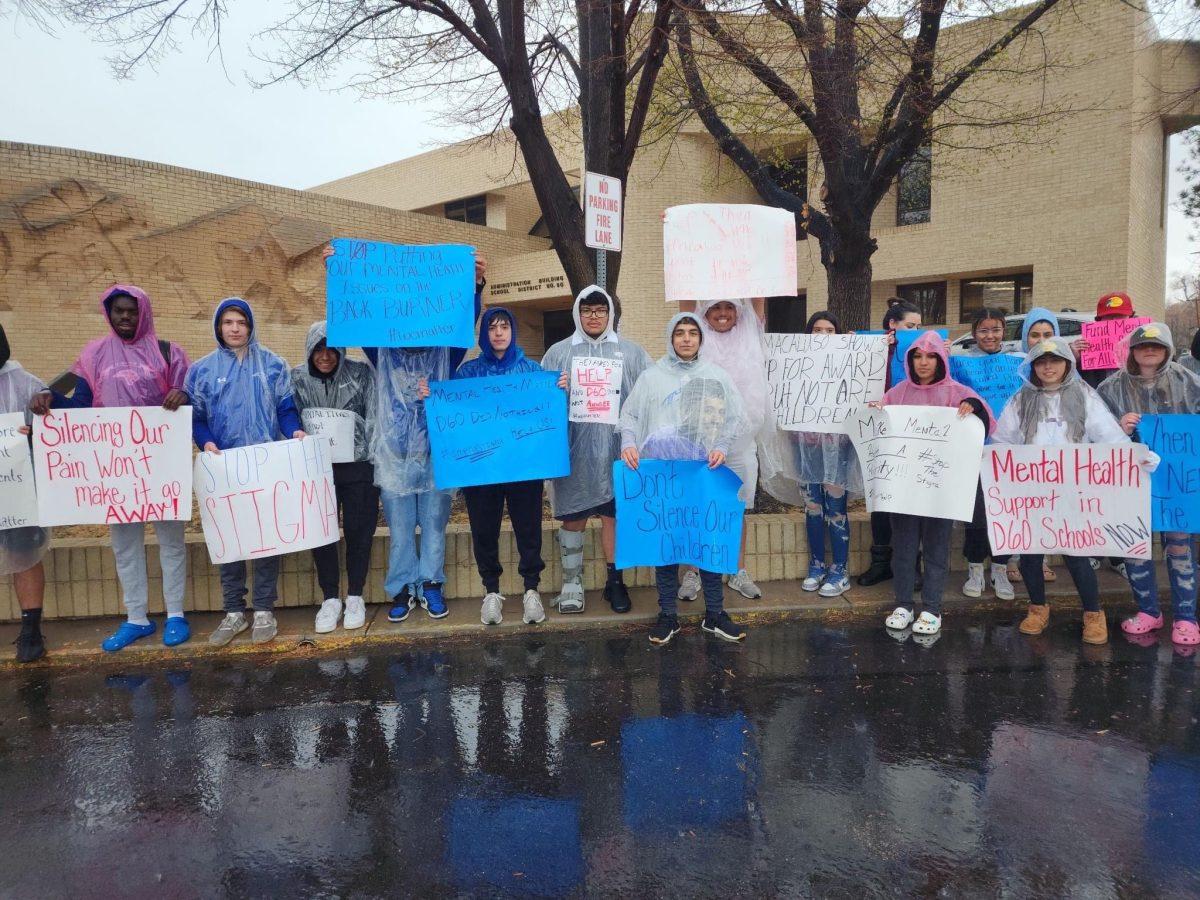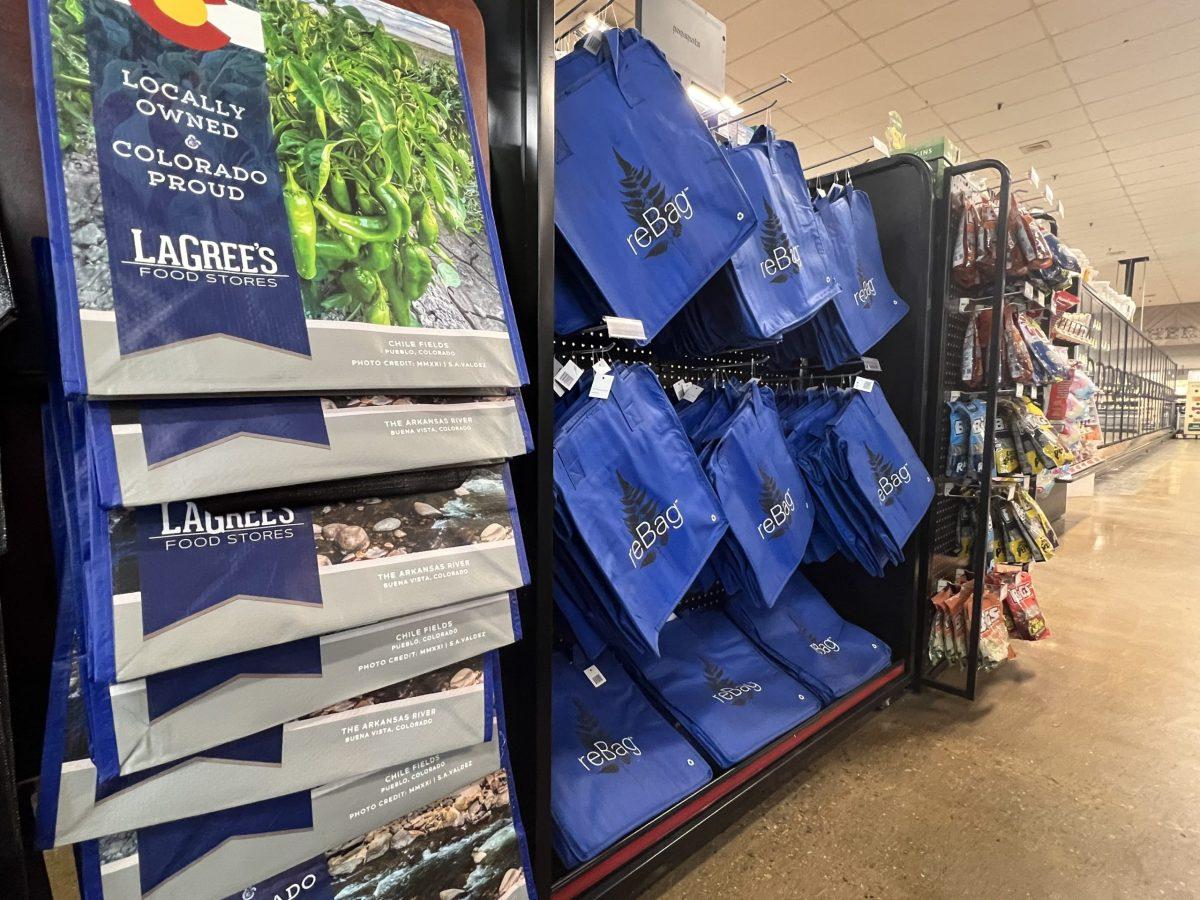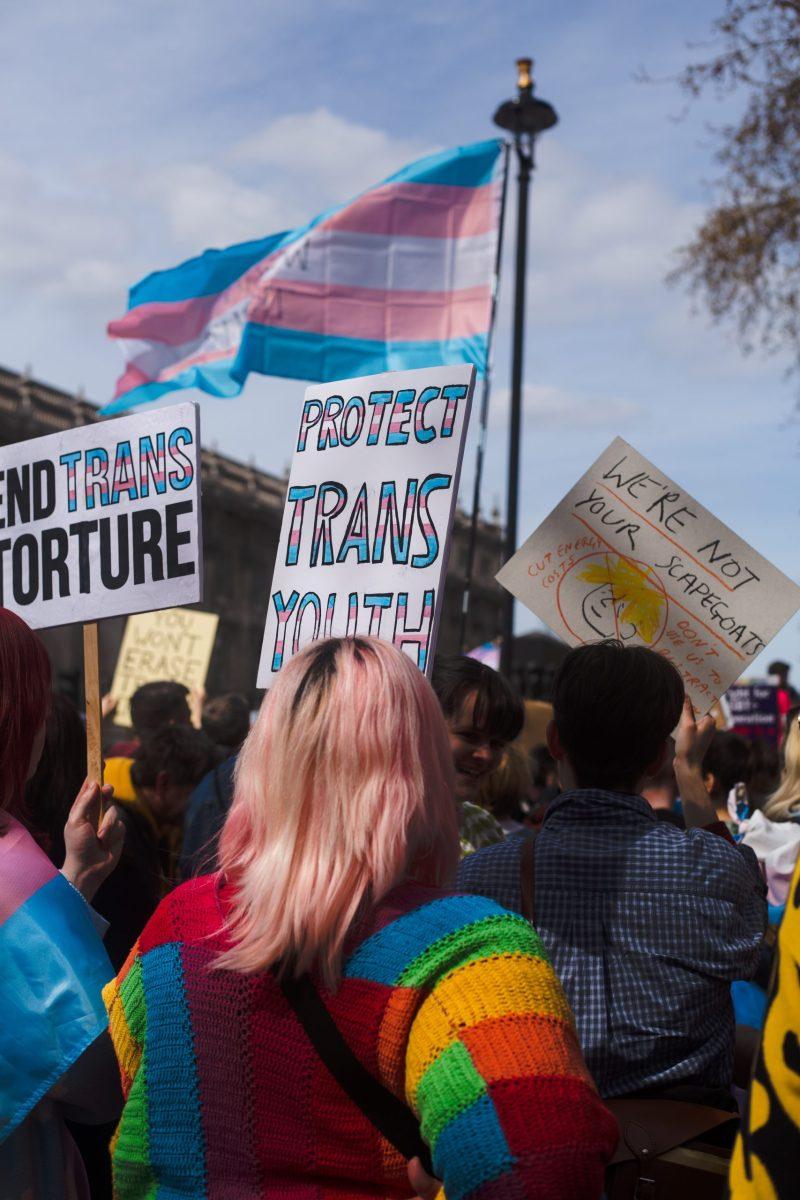By Camerron Martin
When finding a place to settle down and build a life, people often look for places they can do so with the smallest amount of resistance or worry about that goal. People want a safe place to raise their kids and build a future. However, only some cities in the United States can provide that peace. Regarding Pueblo, Colo., there are differing perspectives if the city is considered a “safe place.”
As of this year, it isn’t the most crime-ridden or dangerous city in America. However, it is one of Colorado’s most crime-ridden and dangerous cities. With a crime rate of seventy per one thousand residents, it makes most people shake their heads.
Many forms of crime run their course through our community, with violent and property crimes being some of the most prevalent and ongoing. The chance of being a victim of one of the two crimes is one in fourteen, which puts the town high in the rankings, with an average of 98% of other cities and communities in Colorado being safer. Pueblo ranks forty in the top one hundred most dangerous cities in the United States of America.
In Pueblo, violent crimes most often committed are manslaughter, rape, armed robbery, and aggravated assault, totaling over fourteen hundred violent crimes annually for every one thousand Pueblo residents, an annual rate of 12.65. Property crimes, including burglary, motor vehicle theft, arson, and robbery of over fifty dollars annually total to around sixty-four hundred property crimes with a rate of 57.42 per one thousand residents.
Further, looking at the rate of crimes per one thousand residents and taking the national mediums for both violent crime and property crimes can describe unsafe patterns Pueblo has come to know well.
For violent crime, the national median is 4, putting Pueblo alone over twice the amount as the state of Colorado sits barely above at 4.81. An individual living here in Pueblo has a one in seventy-nine chance to become a victim of violent crime, with the most frequent being assault, and a one in two hundred and eighth chance in Colorado.
Regarding property crime, the national median is nineteen, with Pueblo at almost three times above that line, with the entirety of Colorado only sitting at 31.35. The chance of property crime occurring against an individual in Pueblo is one in seventeen, and the chance state-wide is one in thirty-two. With a population of 112,368 people as of 2021, these rates make property crimes much more common in Pueblo, with the highest-ranking type being property theft.
What has led to Pueblo becoming such a dangerous place to live? Much of it is likely from our community’s inability to contain it. There is no such thing as a perfect crime-free environment in this day and age, with one of the most significant limiting factors being the resources a place has at hand they can use to decrease the rising crime rates. Pueblo has its resources, including the Pueblo Police Department, and other organizations utilize what they can to keep residents safe. Still, they are limited by several factors contributing to the high crime rates working their way through the community.
Many seek an answer to these problems and will sometimes look to blame those who often have no control over the situation rather than those who actively make things worse for the community altogether. Others, such as myself, want to see a reform in the system that handles these criminals.
Many of those involved in boosting the crime rate doesn’t fear the consequences they might face because they often seem like nothing more than a slap on the wrist which doesn’t precisely prevent both new and repeat offenders from engaging in criminal activity. The courts of both Pueblo and the state all around need to up the charges that people found guilty face to create a real sense of punishment. Give actual consequences, such as real jail time based on the offense, and then decide if parole or other ideas should even be considered.
It’s no secret that Pueblo, Colo., is plagued with issues that rank it very low on people’s lists as a place to move to or visit. However, they are issues that, if met with real change, could actually lead to a real solution if our systems took the time to change themselves and how they operate first.




